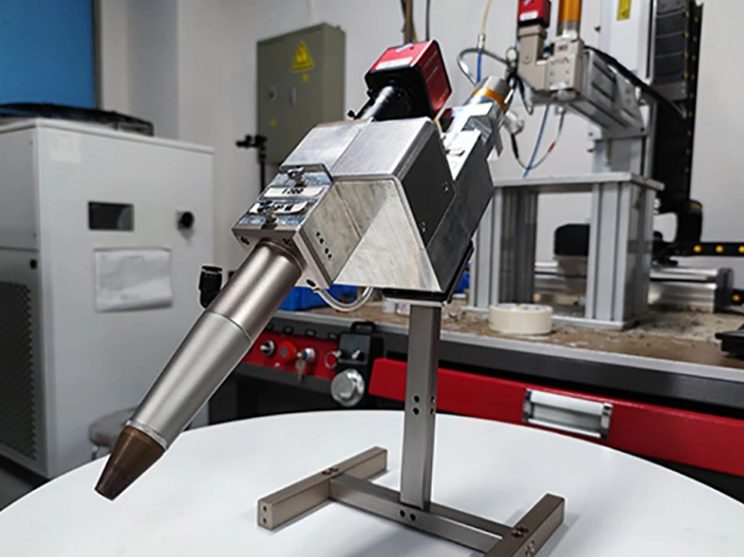
Risk Assessment and Control Measures: The first step in ensuring laser safety in the industrial workplace is conducting a comprehensive risk assessment. This involves identifying and evaluating potential hazards associated with laser equipment and operations. Once hazards are identified, appropriate control measures should be implemented. This may include the installation of physical barriers, interlocks, and signage to limit access to laser areas and minimize the risk of accidental exposure. Additionally, establishing laser-free zones and implementing administrative controls, such as strict operating procedures, contribute to a safer working environment.
Employee Training and Awareness: Proper training is critical for employees working with or around lasers. Workers should be educated on the potential risks, safe operating procedures, and the proper use of personal protective equipment (PPE) such as laser safety glasses. Training programs should be ongoing, keeping employees informed about any updates to safety protocols or changes in equipment. Regular drills and simulations can help reinforce emergency response procedures, ensuring that employees are well-prepared to handle unexpected situations.
Regular Equipment Maintenance and Inspections: To maintain laser safety, regular maintenance and inspections of laser equipment are essential. Scheduled checks should include the calibration of laser systems to ensure they operate within specified safety parameters. Any malfunctioning or damaged equipment should be promptly repaired or replaced. Routine inspections also contribute to the early detection of potential issues, preventing equipment failures that could lead to safety hazards. Establishing a systematic maintenance schedule and keeping detailed records of inspections contribute to the overall effectiveness of laser safety measures in the industrial workplace.
